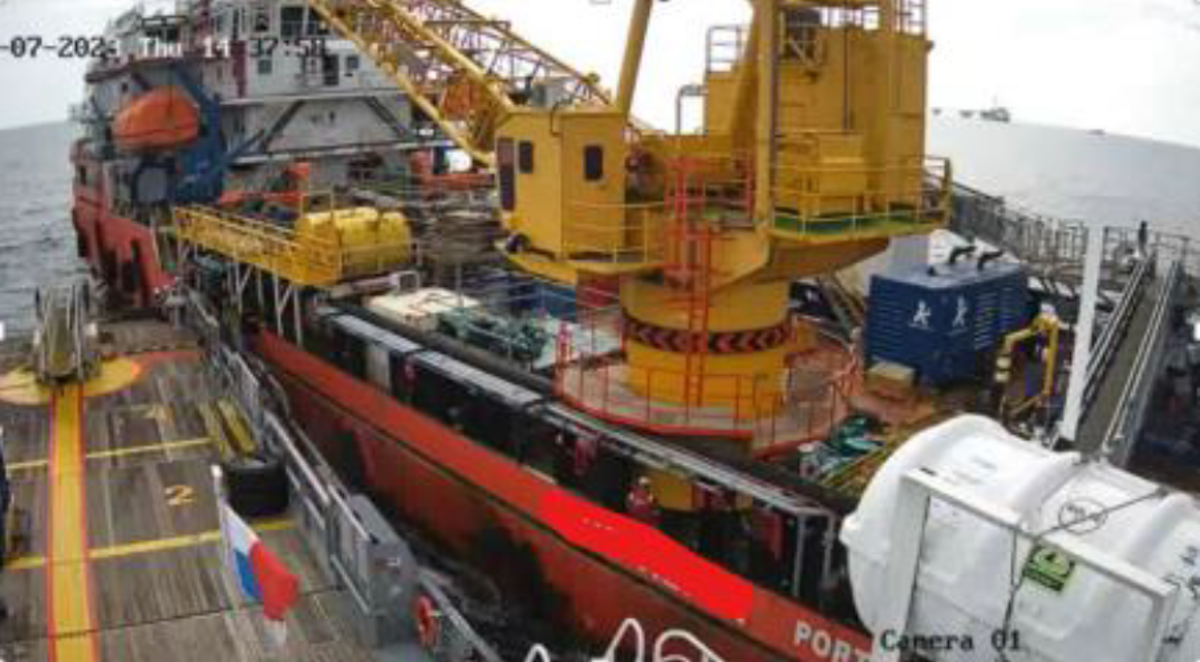Crew Transfer Vessel (CTV) hit protruding scaffolding on a supply vessel
- Safety Flash
- Published on 27 February 2024
- Generated on 25 November 2025
- IMCA SF 05/24
- 2 minute read
Jump to:
A Crew Transfer Vessel (CTV) came into contact with protruding scaffolding on an OSV.
What happened?
During transfer of crew to an Offshore Supply Vessel (OSV) at anchor, a Crew Transfer Vessel (CTV) came into contact with protruding scaffolding on the OSV, causing minor damage to a railing on the CTV. This was the fifth such transfer of personnel without incident; the Master was aware of the protruding scaffolding. The fifth time, during manoeuvring the CTV stern towards the OSV, the CTV contacted the OSV protruding scaffolding, causing minor damage. There were no injuries. The Master of the CTV under-estimated both how far the scaffolding protruded and how the OSV would swing round whilst at anchor.
What went wrong?
- Task seen as routine: the CTV Master and crew had carried out multiple passenger transfers in similar conditions on several occasions. Crew members did not see this as an imminent hazard and no changes were made to their approach, no need was seen for additional safety measure at that point in time.
- The existing risk assessment did not address the protruding scaffolding nor the risk of the OSV swinging round whilst at anchor.
Lessons
- Greater account should have been taken of the repair works requiring protruding scaffolding. A more comprehensive risk assessment was required, covering protruding objects and covering the potential for continuous swing on an anchored vessel.
Related Safety Flashes
-
IMCA SF 15/18
20 July 2018
-
-
IMCA SF 07/14
13 May 2014
IMCA Safety Flashes summarise key safety matters and incidents, allowing lessons to be more easily learnt for the benefit of the entire offshore industry.
The effectiveness of the IMCA Safety Flash system depends on the industry sharing information and so avoiding repeat incidents. Incidents are classified according to IOGP's Life Saving Rules.
All information is anonymised or sanitised, as appropriate, and warnings for graphic content included where possible.
IMCA makes every effort to ensure both the accuracy and reliability of the information shared, but is not be liable for any guidance and/or recommendation and/or statement herein contained.
The information contained in this document does not fulfil or replace any individual's or Member's legal, regulatory or other duties or obligations in respect of their operations. Individuals and Members remain solely responsible for the safe, lawful and proper conduct of their operations.
Share your safety incidents with IMCA online. Sign-up to receive Safety Flashes straight to your email.
